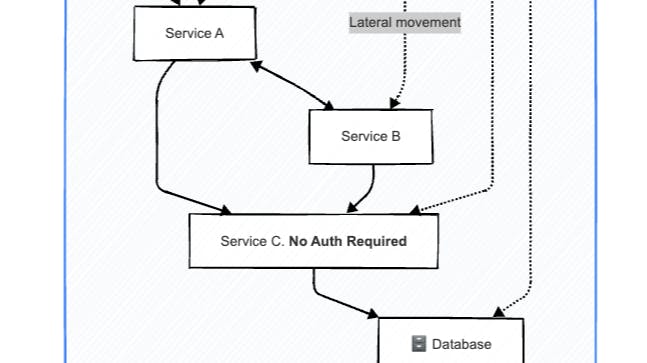Mark Klein, president and CEO of SuRo Capital, believes that the AI startup market is not just frothy, but “dangerously overheated.”
Founded in 2011, San Francisco-based SuRo Capital Corp. is a publicly traded investment fund that invests in “high-growth” venture-backed private companies.
Naturally, Klein is bullish on OpenAI, considering that SuRo Capital owns a position in the buzzy startup, now the most highly valued private company in the world. But in his view, much of the rest of the AI ecosystem — including the capital that is chasing it — is inflating market caps.
Klein believes that the fact some second-tier AI and adjacent startup valuations are tripling in months, not years, “with little change in fundamentals,” will not bode well in the long term. It’s a velocity he’s never seen in his 30 years as a VC investor.
Besides OpenAI, SuRo was an early investor in CoreWeave and owns positions in unicorns including Vast Data, Canva, Plaid and other companies. The firm has seen exits in the likes of Dropbox, Facebook (now Meta), Lyft, ServiceTitan, Spotify and X.
But for now, when it comes to AI investing, Klein is playing it safe. He’s holding on to cash, waiting for prices to correct. Crunchbase News interviewed Klein via email to get his thoughts on the AI space and why he believes OpenAI “copycats and the capital chasing them” could be creating more problems than solving them.
Would you say that we’re in an AI bubble?
The current AI market is meaningfully different from a bubble. There is genuine progress and value being created in model capability and in the buildout of AI infrastructure.
At the same time, it is possible that some companies, particularly in the application layer or adjacent software categories, are a bit ahead of current fundamentals, given the strong interest in the space.
There seems to be some concern that some of these companies don’t have the revenue or product to back-up such high valuations. Do you believe that’s true?
AI is not a monolith. Valuation dynamics differ depending on where a company sits in the stack. There are three categories: infrastructure, LLM/models and applications.
It is important to differentiate between these areas. Infrastructure and certain vertical applications with clearer unit economics may appear more grounded. Some of the early application tools may appear more extended, with the potential to face consolidation or pricing pressure as the market develops.
What do you mean by holding on to cash and waiting for prices to correct?
Our strategy has been to stay disciplined. We are seeing tremendous deal flow, which gives us the ability to be selective and focus on the opportunities that best fit our investment framework. We look for market-leading companies that are building transformational products, but we balance that with long-term value creation for shareholders.
That means being mindful of valuations and deploying capital when expected returns justify the risk.
Which specific AI subsectors do you see as the most overhyped?
When looking at the frontier model leaders, and specifically OpenAI, we see a company driving a very meaningful step change in one of the most transformative technology shifts. Their progress is influencing investment activity at a scale larger than historical national efforts such as the Apollo Space Program or the Interstate Highway buildout.
Some of the companies with the most aggressive valuation moves, especially relative to underlying performance, appear in the layers built on top of these foundational models.
Many companies are attracting investment at this layer, though it is reasonable to expect that not all will ultimately win or become category leaders. As with any technological cycle, we should expect real value creation alongside some companies that fall behind or are consolidated as the market matures.
Related Crunchbase query:
See also:
Illustration: Dom Guzman

Stay up to date with recent funding rounds, acquisitions, and more with the
Crunchbase Daily.







